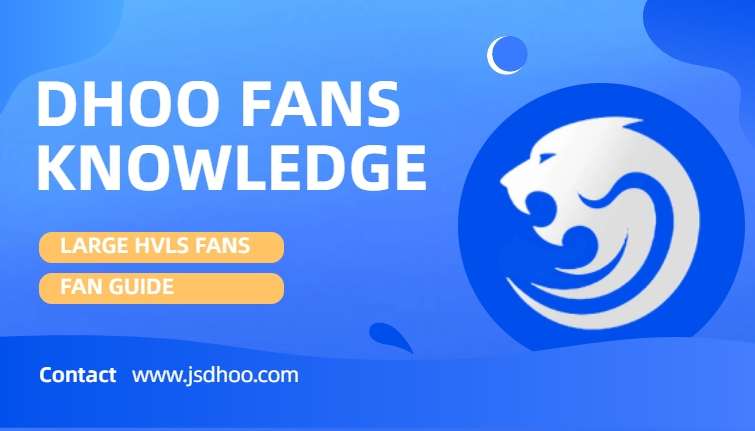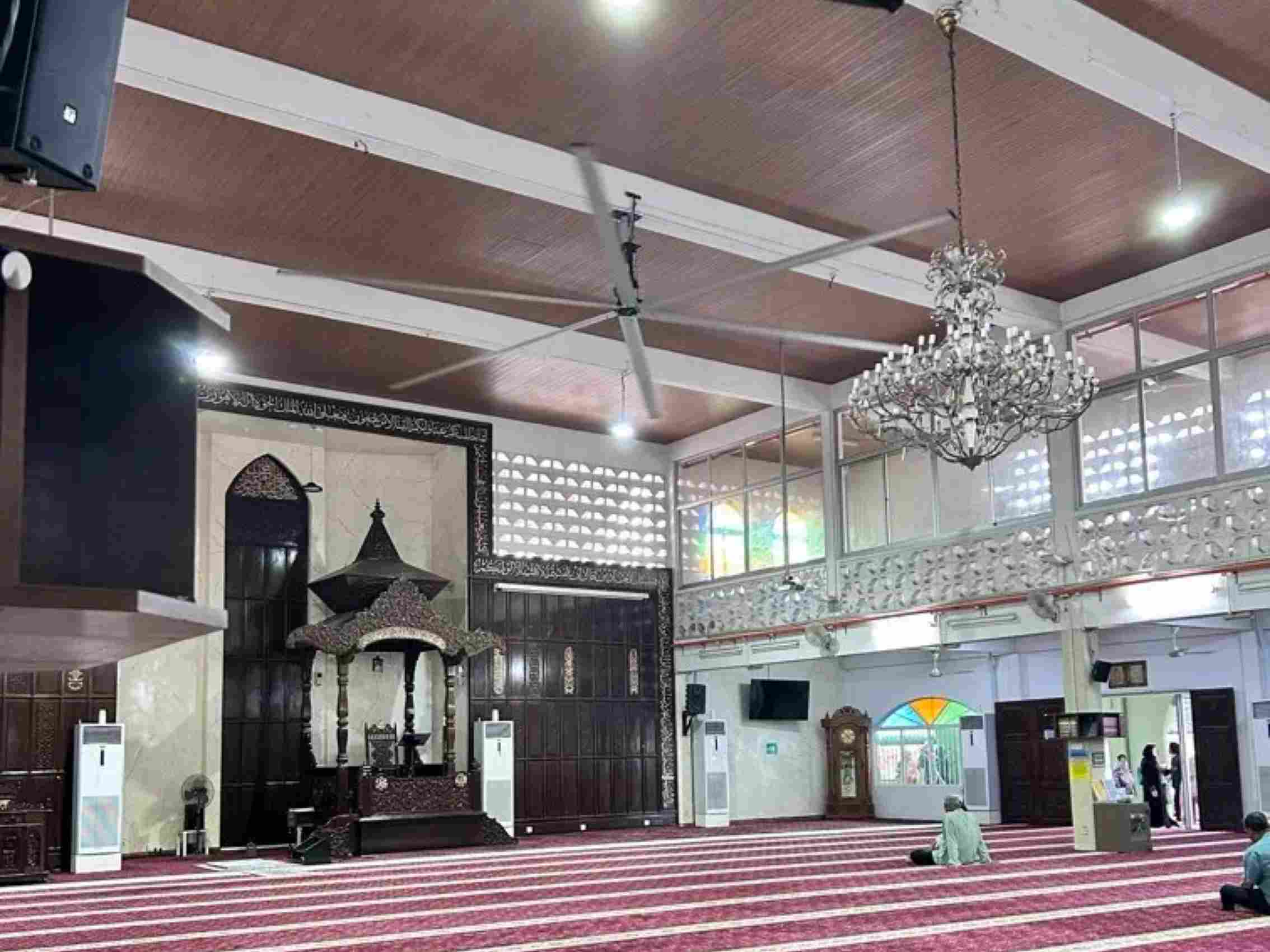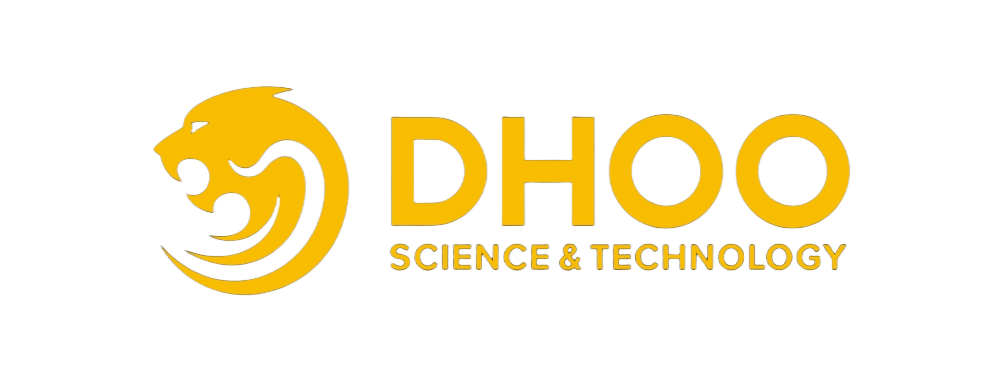How to Excel in Industrial Large Fan Bidding Projects: Practical Tips
In industrial workshops, large industrial fans are essential equipment for improving working environments and ensuring worker comfort due to their energy efficiency and wide coverage. For companies dealing in industrial fans, success in bidding for projects is crucial for business growth. So, how can you stand out in the fierce competition? Today, we share practical insights to help you succeed in the bidding process.

1. Understand Client Needs and Customize Solutions
Each workshop has unique environments, structures, and requirements. Before participating in a bid, it is crucial to thoroughly understand the client's needs. Specifically:
On-Site Inspection:
Assess the workshop's height, area, ventilation conditions, and worker distribution.
Analyze temperature and humidity needs and existing equipment.
Requirement Communication:
Communicate fully with the client to clarify performance metrics such as airflow, energy consumption, and noise levels.
Pay attention to the client's budget and procurement priorities.
Tailored Solutions:
Design suitable fan models, quantities, and installation plans based on client needs.
Provide professional reports predicting temperature control improvements (e.g., airflow coverage, estimated temperature reduction).
2. Draft a High-Quality Bid Document
The bid document directly reflects a company's capabilities and the advantages of its solution. How can you make your bid document more competitive?
Clear Structure and Logical Organization:
Follow the tender requirements to structure the document, including company profile, technical proposals, and price details.
Avoid missing critical information and ensure completeness.
Highlight Technical Advantages:
Explain the core technologies and benefits of your products in detail, such as blade design, high-efficiency motors, and energy-saving effects.
Use real-case data to showcase performance improvements (e.g., enhanced ventilation efficiency, temperature reduction).
Provide Reliable After-Sales Support:
Clearly outline installation services, maintenance schedules, and warranty periods.
Offer rapid-response after-sales support plans to build client confidence.
3. Key Factors to Enhance Competitiveness
In a competitive market, the following points can help your company stand out:
Cost-Effectiveness Strategy:
Control costs reasonably while ensuring quality to provide competitive pricing.
Offer phased payment options or bundled discounts to reduce clients' initial budget pressures.
Brand Credibility:
Highlight your company's expertise, market reputation, and past successful cases.
Provide third-party certifications (e.g., ISO9001 Quality Management Certification) or client testimonials.
Innovative Features:
Offer smart control options, such as remote monitoring and automatic speed adjustment.
Emphasize eco-friendly and energy-saving aspects that provide long-term cost benefits to clients.
4. Avoid Common Pitfalls
Even with strong technical solutions and pricing, certain mistakes can lead to missed opportunities:
Neglecting Details:
Failure to prepare materials as per tender requirements may result in disqualification.
Technical parameters not tailored to client needs lack relevance.
Overemphasis on Price:
Excessive focus on low pricing might raise doubts about product quality.
Consider balancing cost-effectiveness and long-term benefits.
Inadequate After-Sales Assurance:
Lack of a detailed after-sales plan during bidding can undermine client confidence.
5. Demonstrate Strength with Real Cases
Referencing successful cases in your bid documents and client communications is a powerful way to build trust. For example:
Case 1: Cooling Renovation Project for a Manufacturing Workshop
Background: Workshop area of 5,000㎡, height of 12 meters, significant summer heat issues.
Solution: Installed four 7-meter-diameter industrial fans combined with natural ventilation design. Achieved a temperature reduction of 5℃, significantly improving worker satisfaction.
Case 2: Energy Optimization for a Logistics Warehouse
Background: Large warehouse requiring year-round ventilation with high operating costs.
Solution: Deployed high-efficiency energy-saving fans, reducing energy consumption by 30%, saving over $7,000 annually in electricity costs.
Conclusion
The industrial fan industry is highly competitive, but with precise demand analysis, professional solution design, and high-quality service commitments, companies can excel in bidding processes. We hope today’s insights provide practical value for your bidding efforts.
 New Year Holiday Notice
New Year Holiday Notice
 Large Ceiling Fans: The Soluti
Large Ceiling Fans: The Soluti
 Enhancing Public Comfort with
Enhancing Public Comfort with
 Fall Prevention Measures for L
Fall Prevention Measures for L
